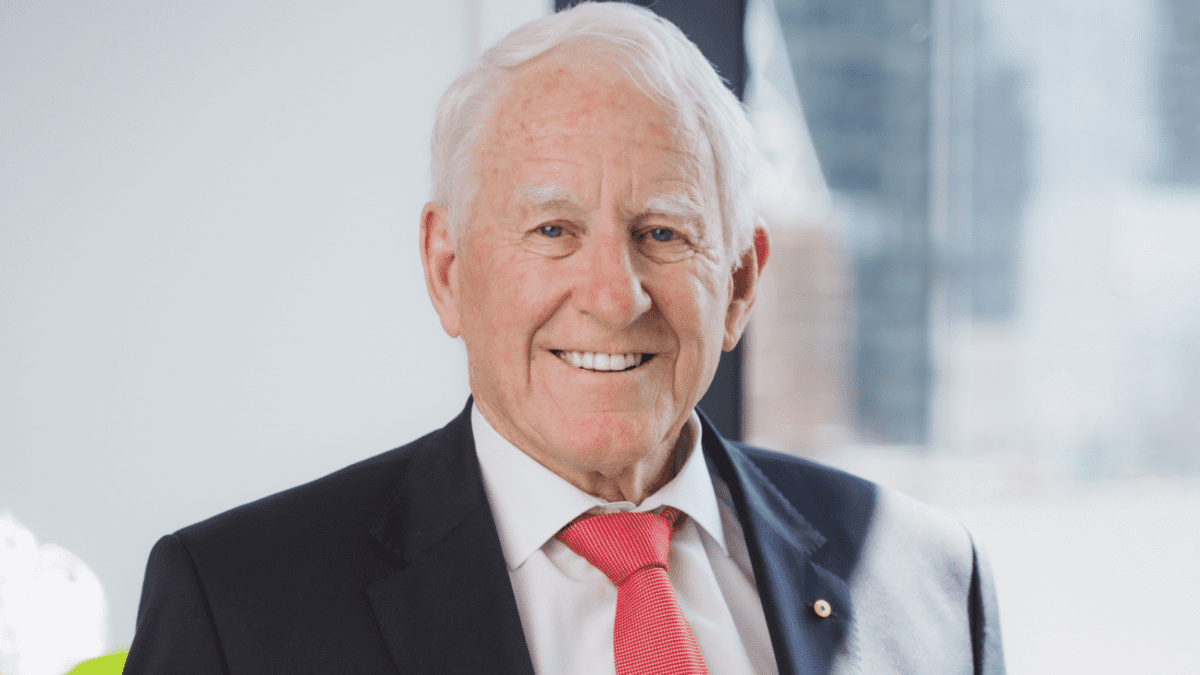Sensor system will allow older Australians to stay at home longer
A consortium of six NSW universities, seven innovation companies and three NSW local health districts have pooled their resources to determine how to use data from a home censor – a system they believe will allow older Australians to stay out of aged care and hospital longer.
In an initiative that dovetails with the Federal Government’s recently announced Support at Home program, the consortium is investigating using data collected by sensors to significantly increase people’s quality of life when ageing at home to keep them out of hospital and aged care.
Led by the NSW Smart Sensing Network (NSSN), the consortium’s Healthy at Home initiative is working with older Australians to create a tech-driven care model to optimise home healthcare – a model far less expensive than hospital or aged care.
NSSN human health theme leader Catherine Oates Smith (pictured) says: “Sensors can capture lifestyle and biometric data such as body position, movement and activity, sleep quality, blood pressure, blood oxygen saturation, body temperature, heart rhythm and rate, blood oxygen, fatigue levels and respiration rate.
“It makes financial sense to send the data picked up by sensors to families, carers and telehealth operators to support an older Australian in their home instead of them having to go to hospital or an aged care facility if they really don’t need to be there.”
The technology is groundbreaking, with the sensors having the capacity to even predict if someone will soon have a fall. This information can trigger urgent, preventative alerts so that action can be taken to support the ageing person in their home.
The consortium formed after the 2021 Royal Commission into Aged Care Quality and Safety when the Federal Government’s Aged Care Taskforce emphasised that older Australians increasingly preferred remaining in their homes instead of moving into residential care.
To accommodate this shift, the consortium suggests that current aged care infrastructure and government funded aged care packages must support financially sustainable home-based care solutions.
The consortium has three projects underway aimed at reducing aged care nursing home numbers and taking the strain off a heavily burdened system.
One is a survey of more than 1,000 older Australians on their attitudes to aged care related sensor technology in their home. This project includes one-on-one interviews that will contribute to a better understanding of how technology can be effectively integrated into homes to support Australia’s ageing population.
UTS Institute for Sustainable Futures’ Jason Prior says: “We want to know more about how older Australians feel about using sensors in their home to monitor their health.
“We’re asking them if they feel confident using the technology, how much they would be willing to pay for it and if they are concerned about data security. Their responses will help inform industry and government about how to roll out these devices.”
Another project will identify a set of health measures for older citizens such as breathing and heart rate that will trigger an emergency help alert when needed.
University of Newcastle FASTLab founder and director Paul Egglestone says: “There is a set of measures for when a person is in hospital called Between the Flags. But there are no such set of measures that could trigger an alert for ageing people being cared for in their home.”
A third project is a 12-month trial of hearing loss screening and education as part of routine wellbeing checks performed by Meals on Wheels volunteers to older Australians in Sydney.
The consortium believes there are clear benefits to home-based care supported by technology such as sensors but says governments have been slow to adopt innovative solutions.
“We know that we have a shortage of beds in hospitals and aged care facilities, and we also know people really just want to stay in their homes than go to a nursing home,” Oates Smith says. “If technology can be deployed to help them do that, then this is what the Healthy at Home initiative is all about.”










